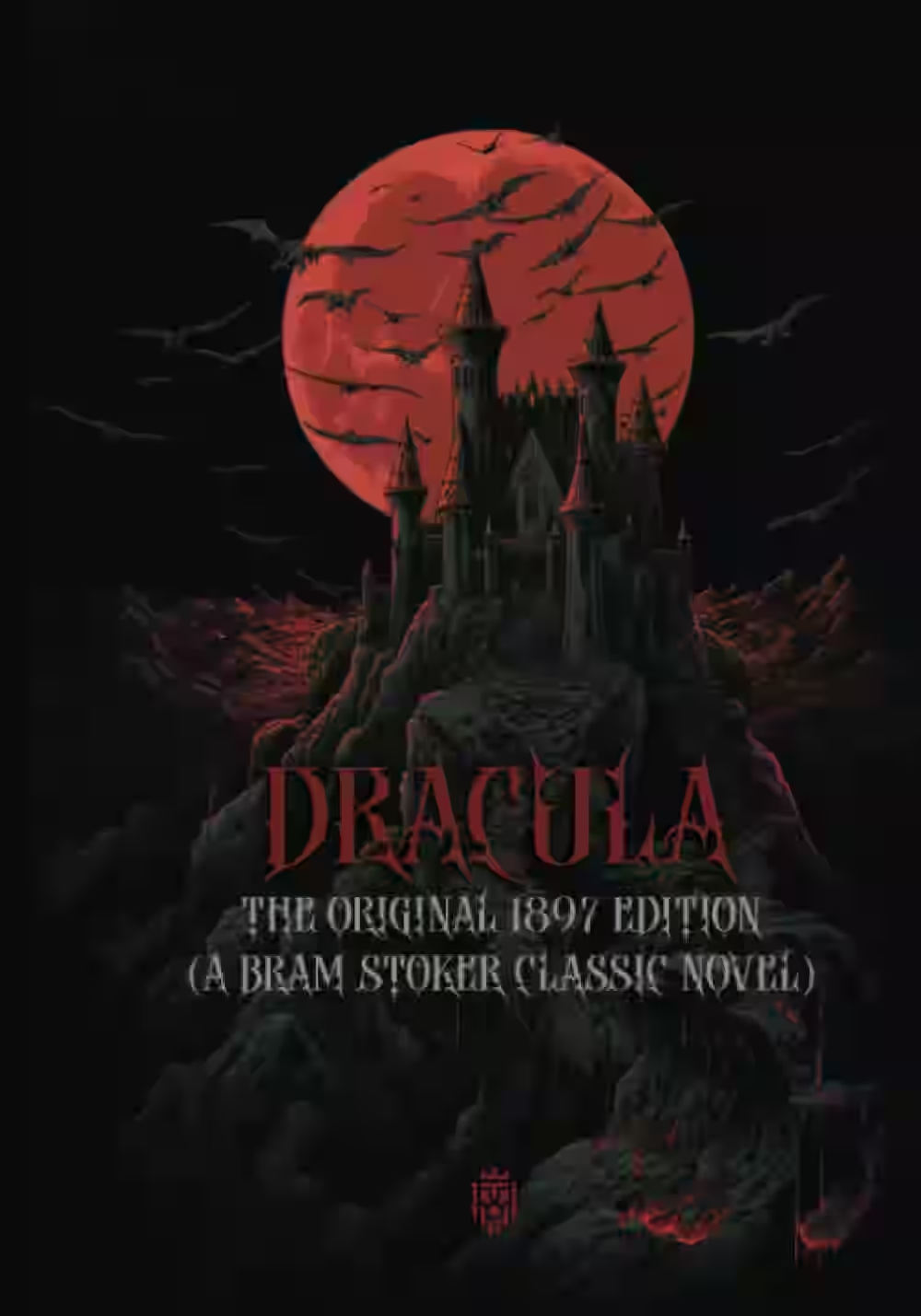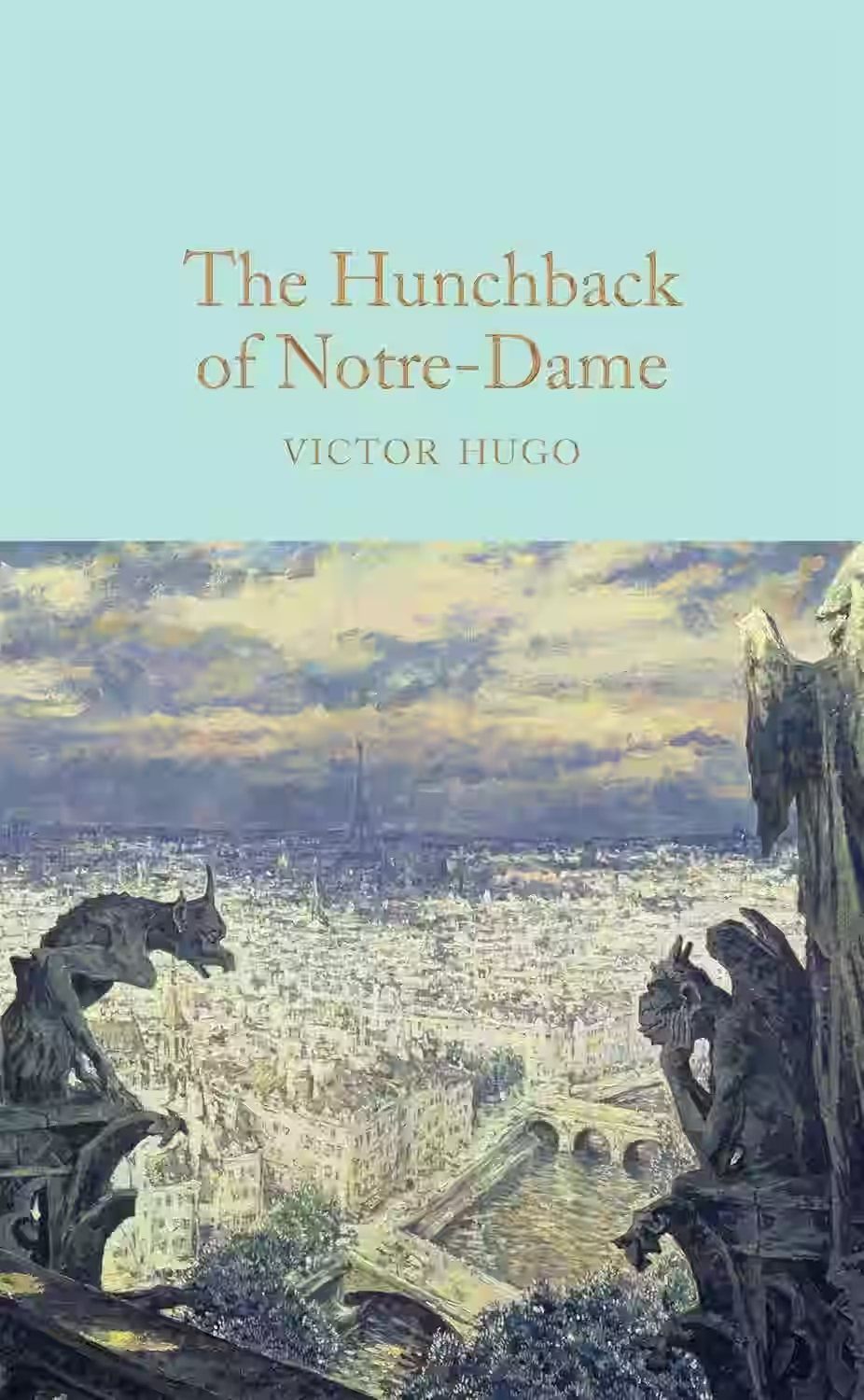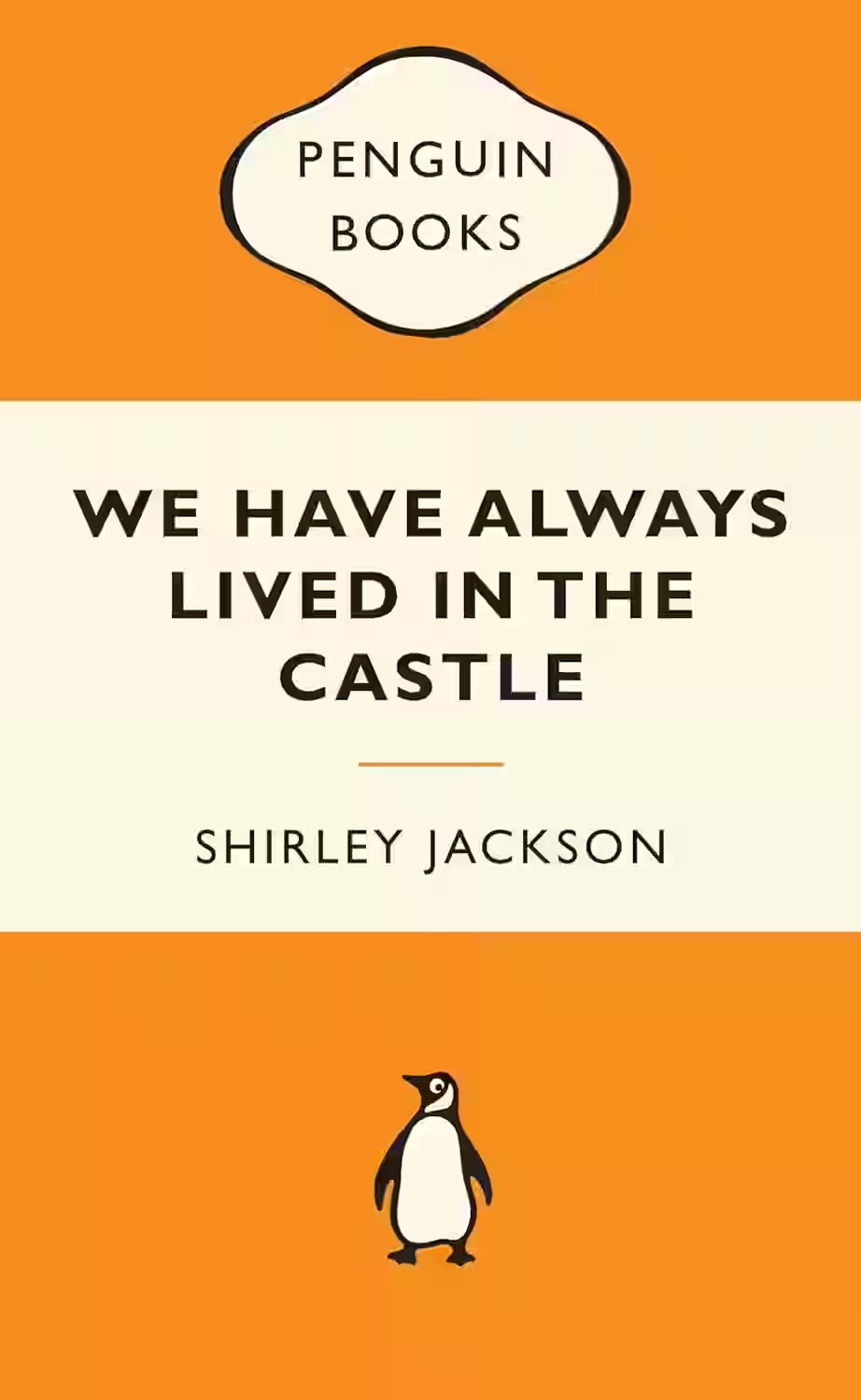
Dracula by Bram Stoker is a classic gothic horror novel that introduced Count Dracula, the iconic vampire. Told through letters, diaries, and newspaper clippings, the story follows Jonathan Harker, a young solicitor who travels to Transylvania and encounters the mysterious Count. As Dracula travels to England, he begins to prey on innocent victims, including Lucy Westenra and Mina Harker. A group of friends, led by Professor Van Helsing, bands together to stop the vampire’s reign of terror. Blending suspense, horror, and Victorian anxieties about science and sexuality, Dracula remains one of the most influential and enduring works in horror literature.
About Bram Stoker
An Irish novelist and short story writer, best known for his seminal Gothic horror novel, Dracula. Published in 1897, Dracula introduced the iconic vampire character and established many of the tropes associated with vampire fiction. Stoker's work explored themes of good versus evil, temptation, Victorian anxieties, and the supernatural. His enduring creation has had an immeasurable impact on popular culture, making Dracula a timeless masterpiece of horror literature.
Similar Books

Zone One
In Zone One, Colson Whitehead presents a literary take on the zombie apocalypse genre. The novel follows Mark Spitz, a survivor tasked with clearing Manhattan of residual zombies, known as "stragglers," after a devastating plague. As he navigates the desolate city, Mark reflects on the pre-apocalyptic world and the psychological toll of survival. Whitehead's narrative delves into themes of memory, trauma, and the human condition, offering a contemplative perspective on societal collapse. The book blends horror elements with incisive social commentary, elevating the zombie narrative to a profound exploration of resilience and identity.

The Hunchback of Notre-Dame
by Victor Hugo
An emotionally stirring story, Victor Hugo's The Hunchback of Notre-Dame is rightfully considered to be one of the finest novels ever written. Rejected by fifteenth-century Parisian society, the bell-ringer Quasimodo believes he is safe under the watchful eye of his master, the Archdeacon Claude Frollo. But after Quasimodo saves the beautiful Romani girl Esmeralda from the gallows and brings her to sanctuary in the cathedral, he and Frollo's mutual desire for her puts them increasingly at odds, before compassion and cruelty clash with tragic results.

The Only Good Indians
Seamlessly blending classic horror and a dramatic narrative with sharp social commentary, TheOnly Good Indians follows four American Indian men after a disturbing event from their youth putsthem in a desperate struggle for their lives. Tracked by an entity bent on revenge, these childhood friends are helpless as the culture andtraditions they left behind catch up to them in a violent, vengeful way.

We Have Always Lived in the Castle
Shirley Jackson's 'We Have Always Lived in the Castle' is a haunting tale of the reclusive Blackwood sisters, Merricat and Constance, who live isolated in their grand family home after a tragic event. Delving into themes of family, isolation, and the darkness that can lurk beneath the surface of small communities, Jackson weaves a chilling narrative filled with suspense and psychological intrigue. As secrets unravel and tensions rise, the novel grips readers with its eerie atmosphere and unrelenting sense of unease. A gothic masterpiece that lingers long after the final page is turned.